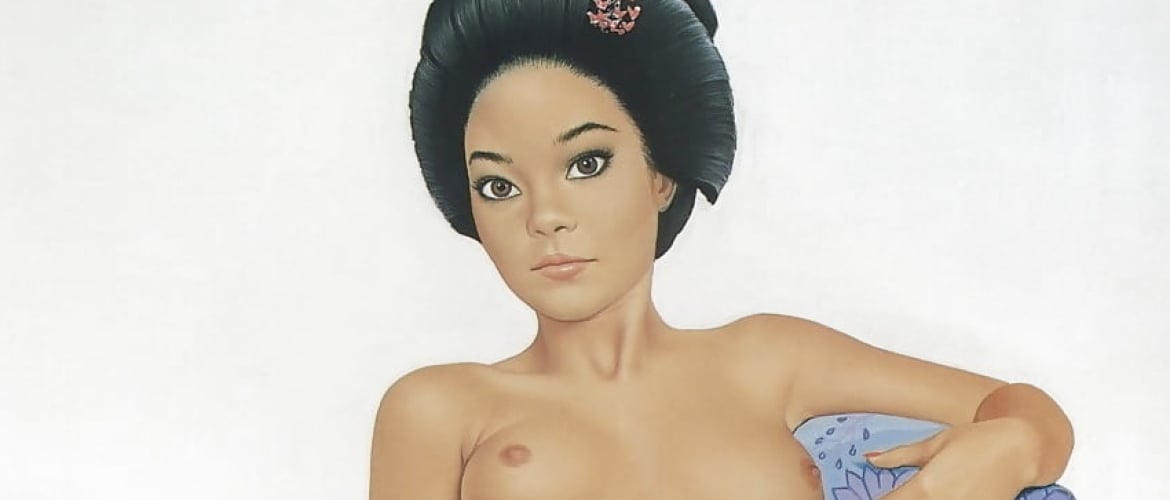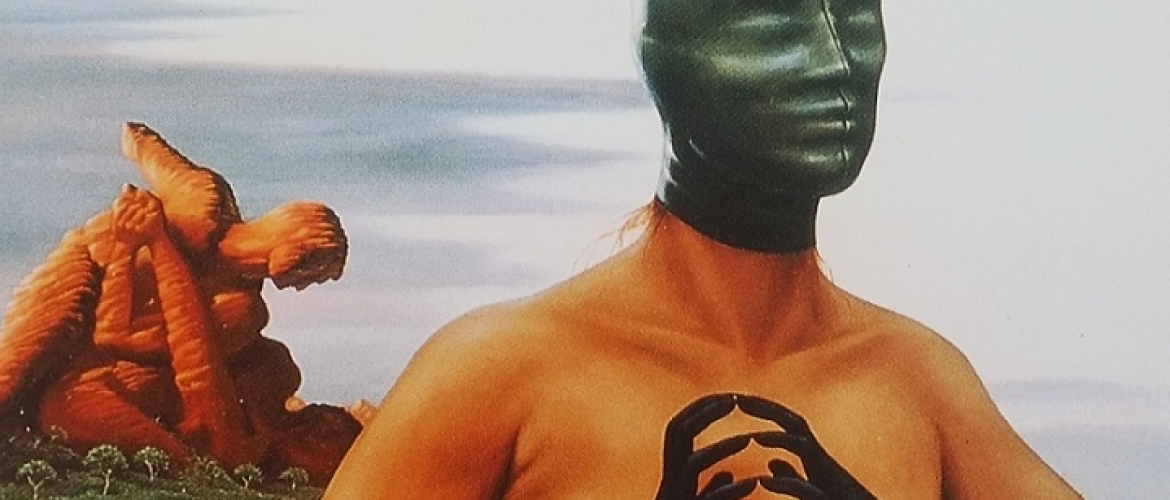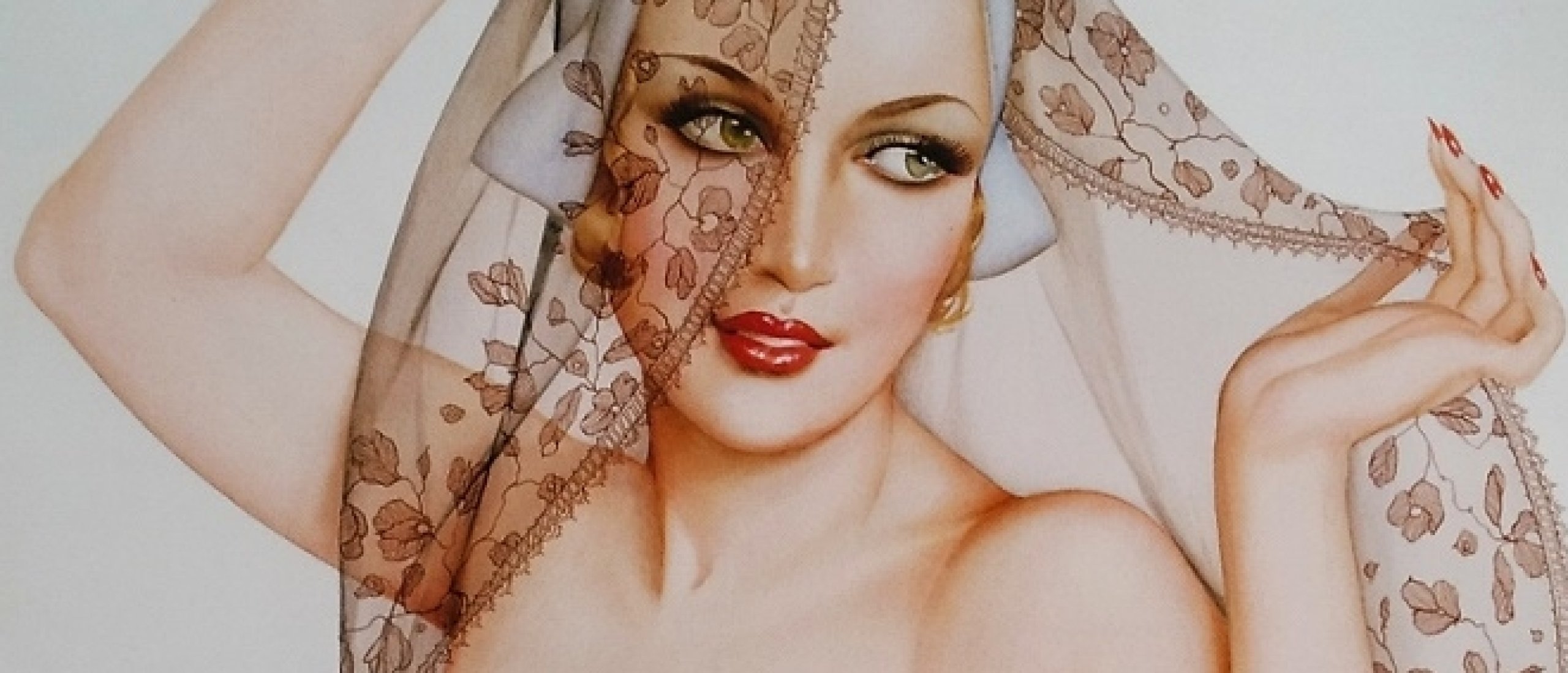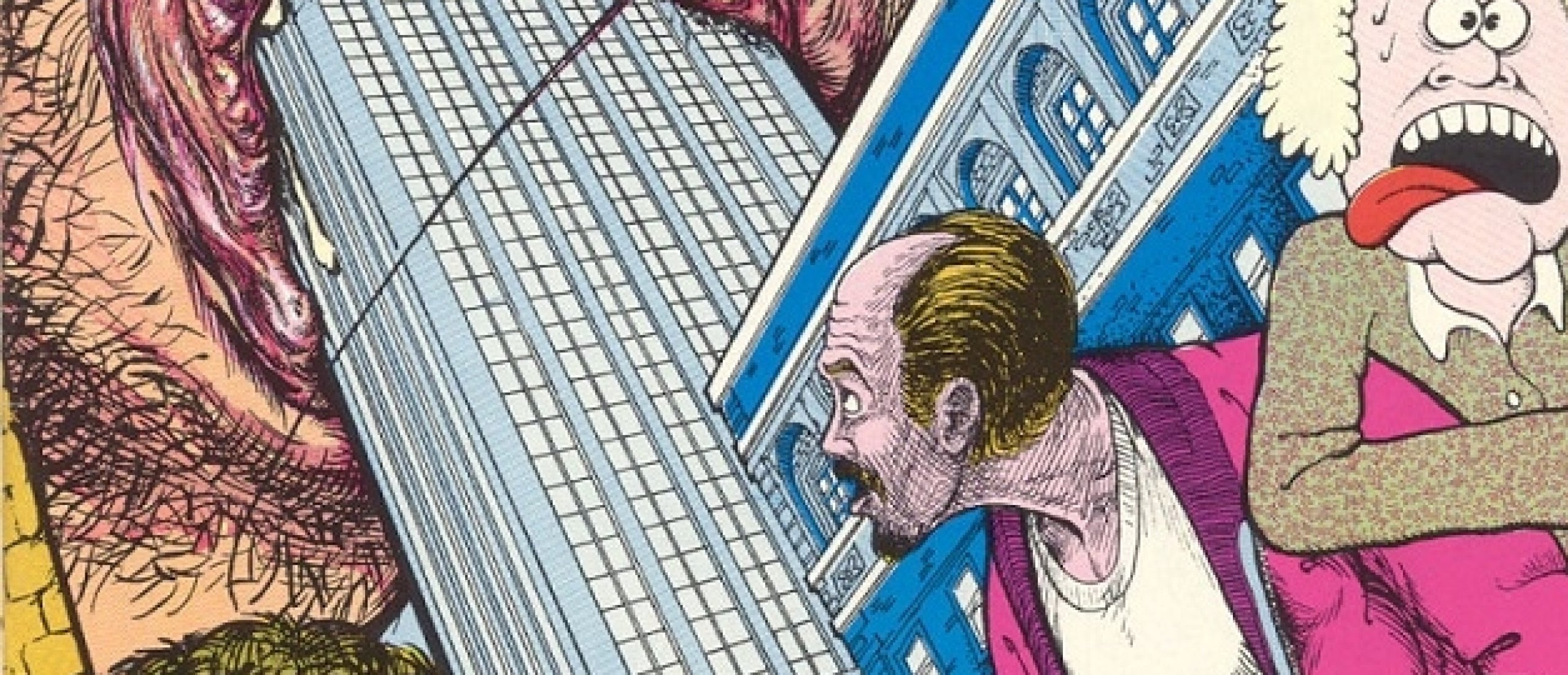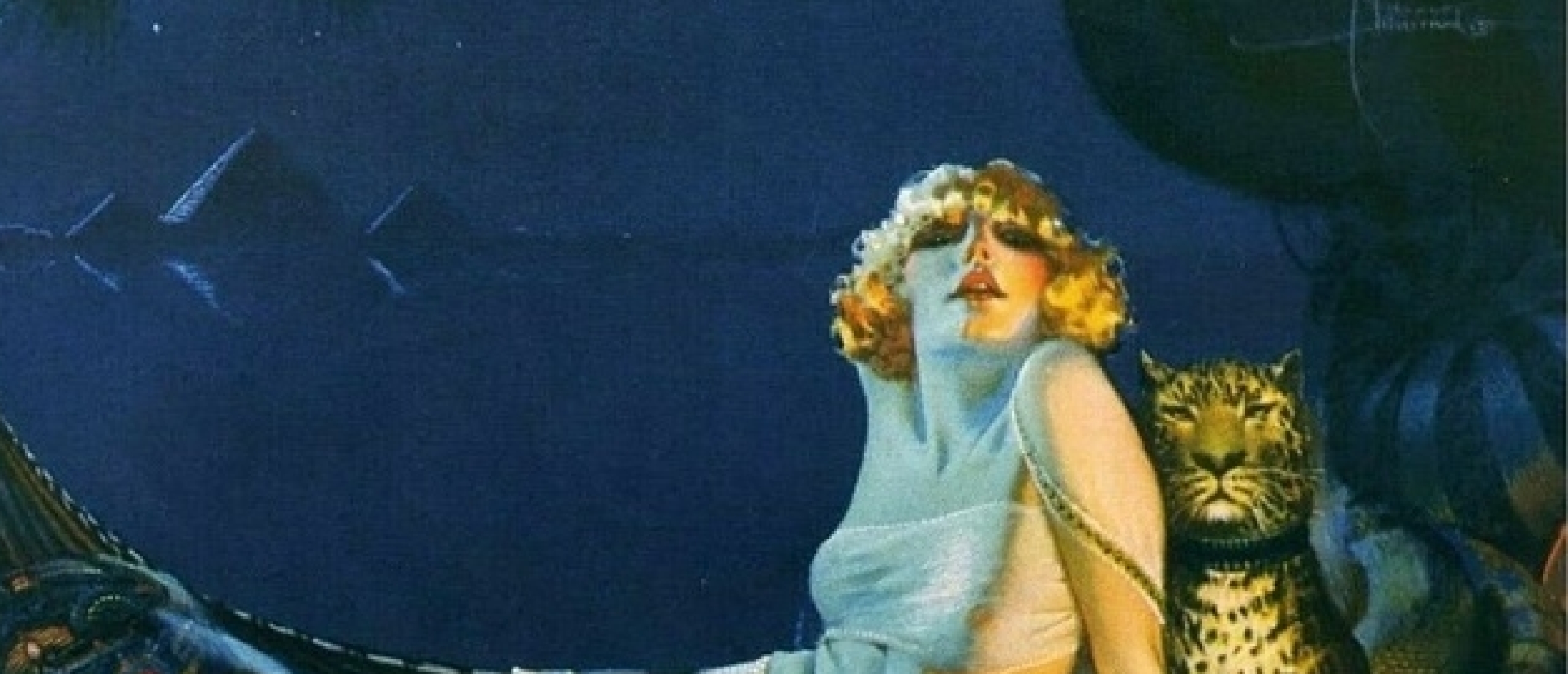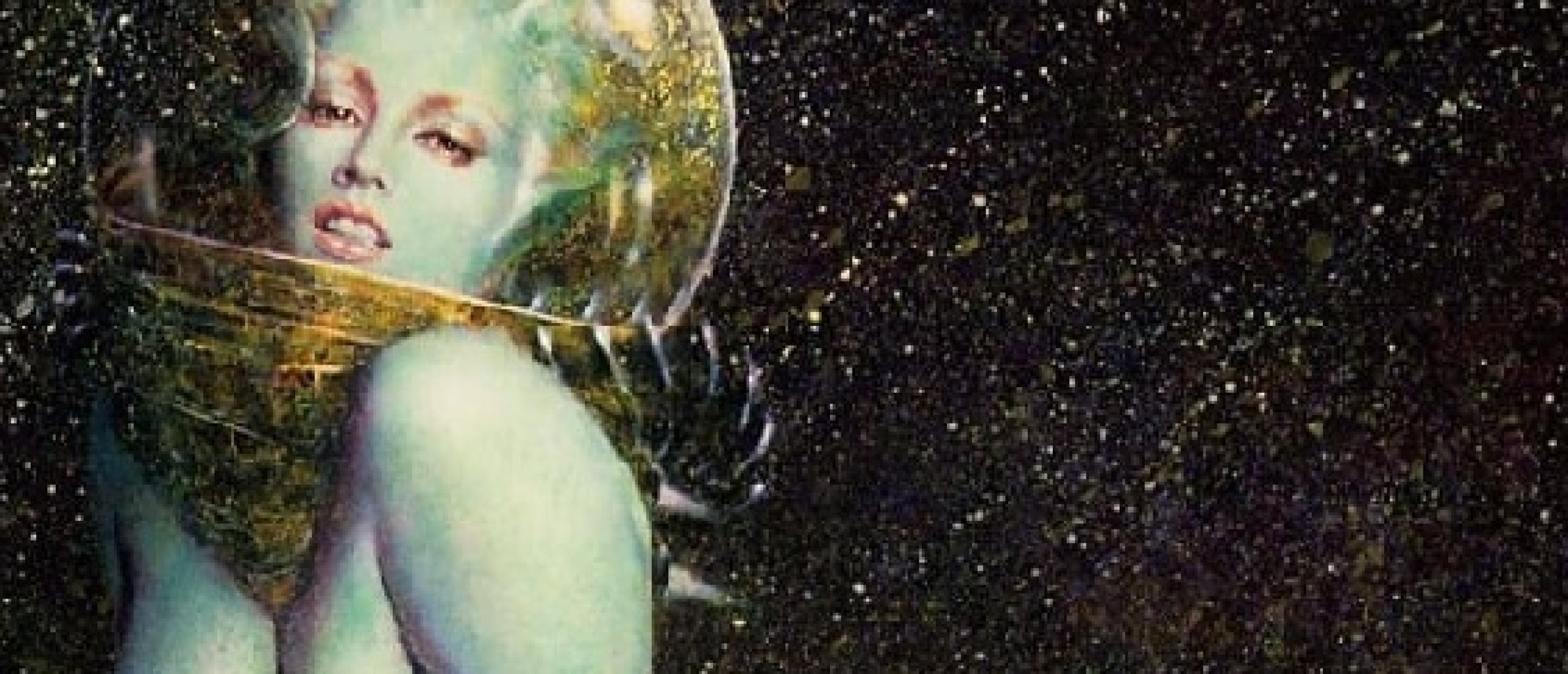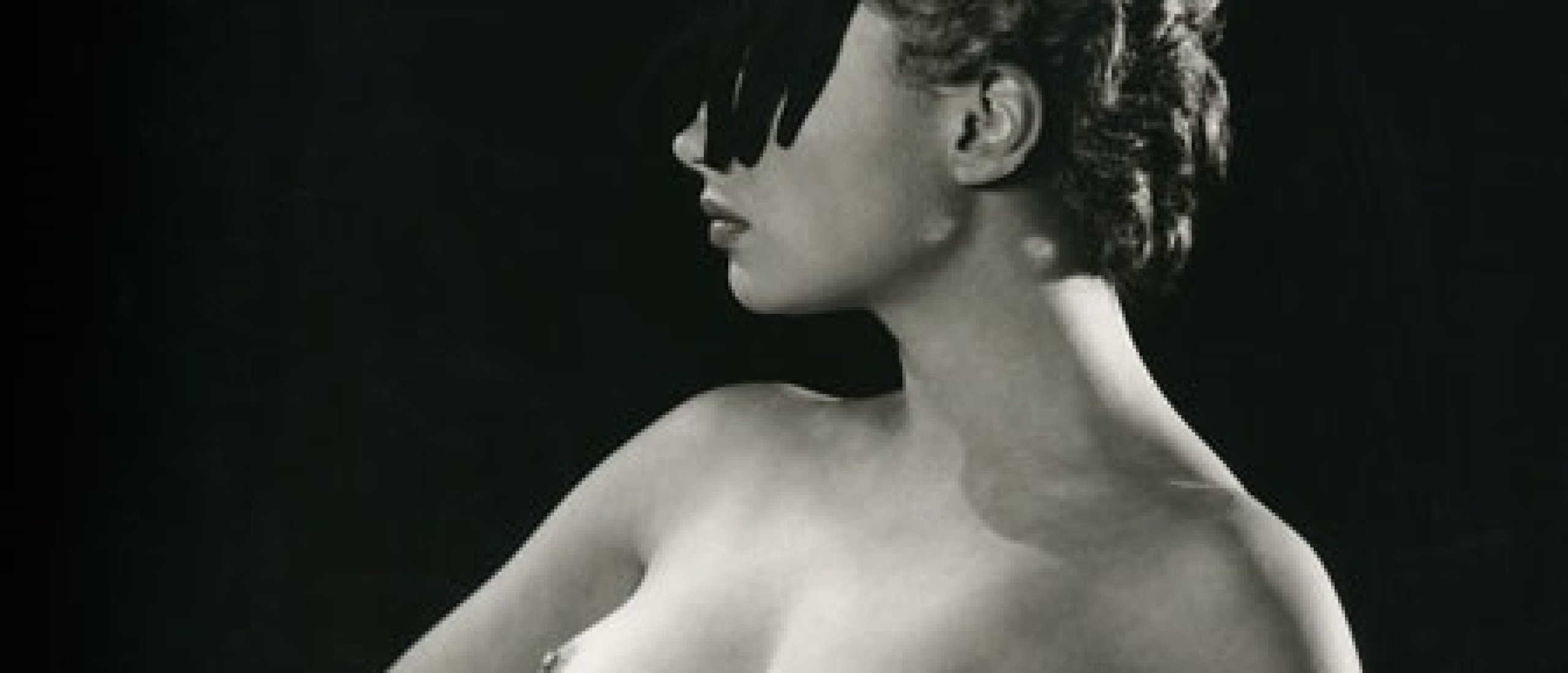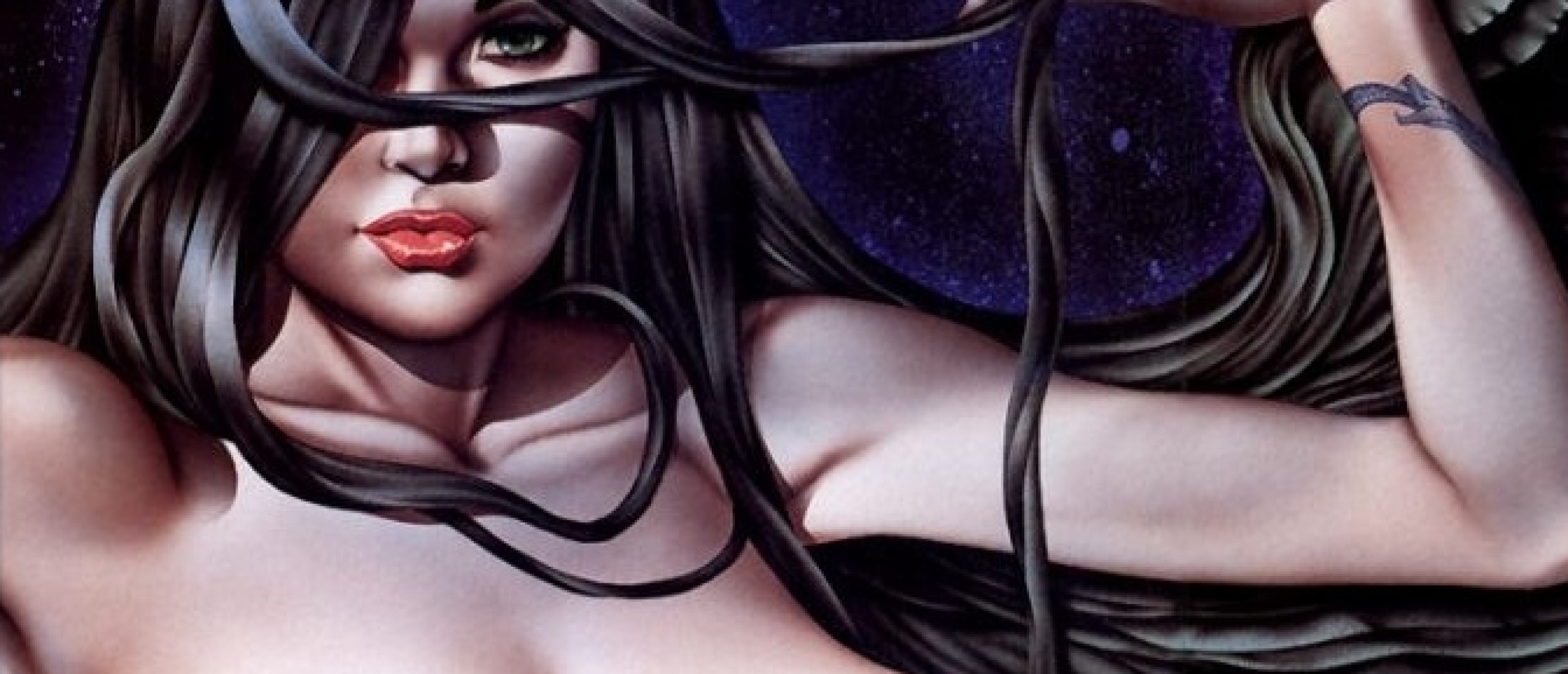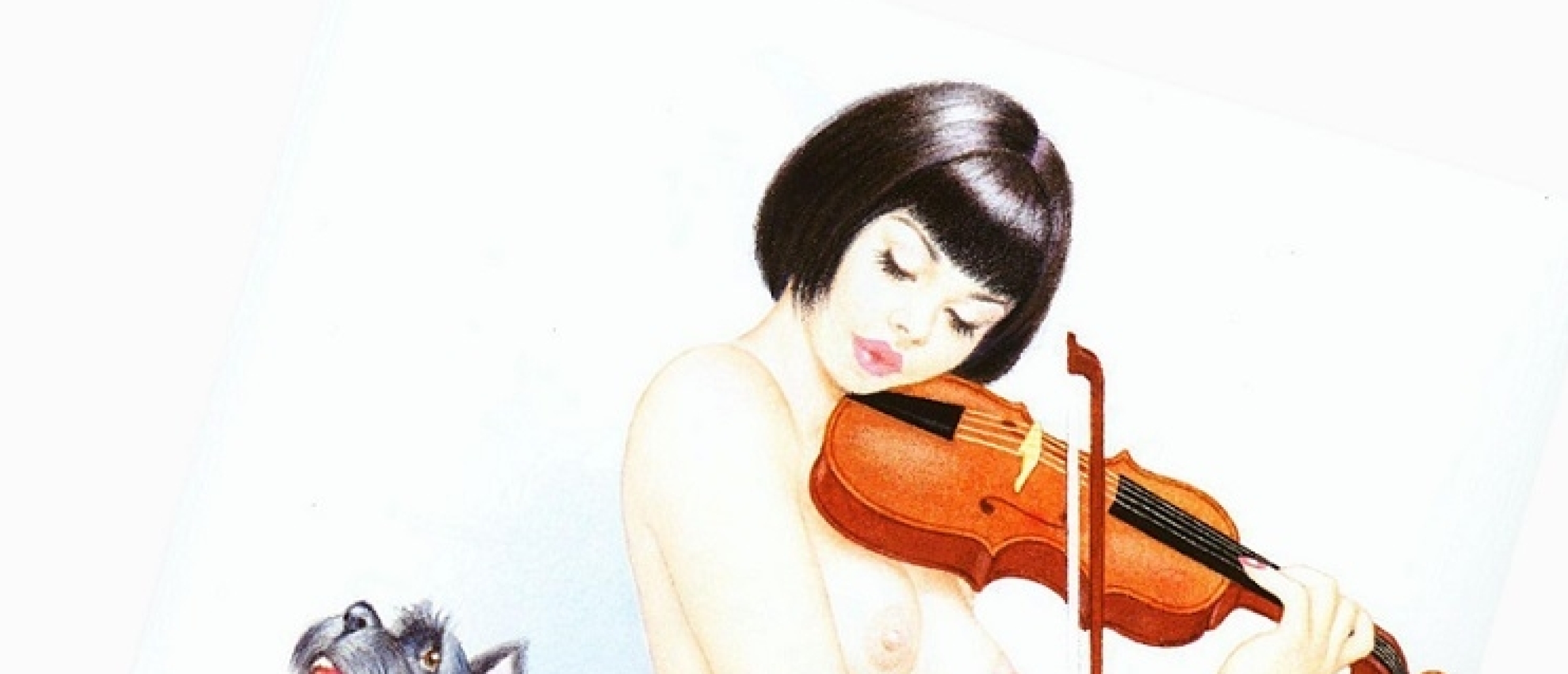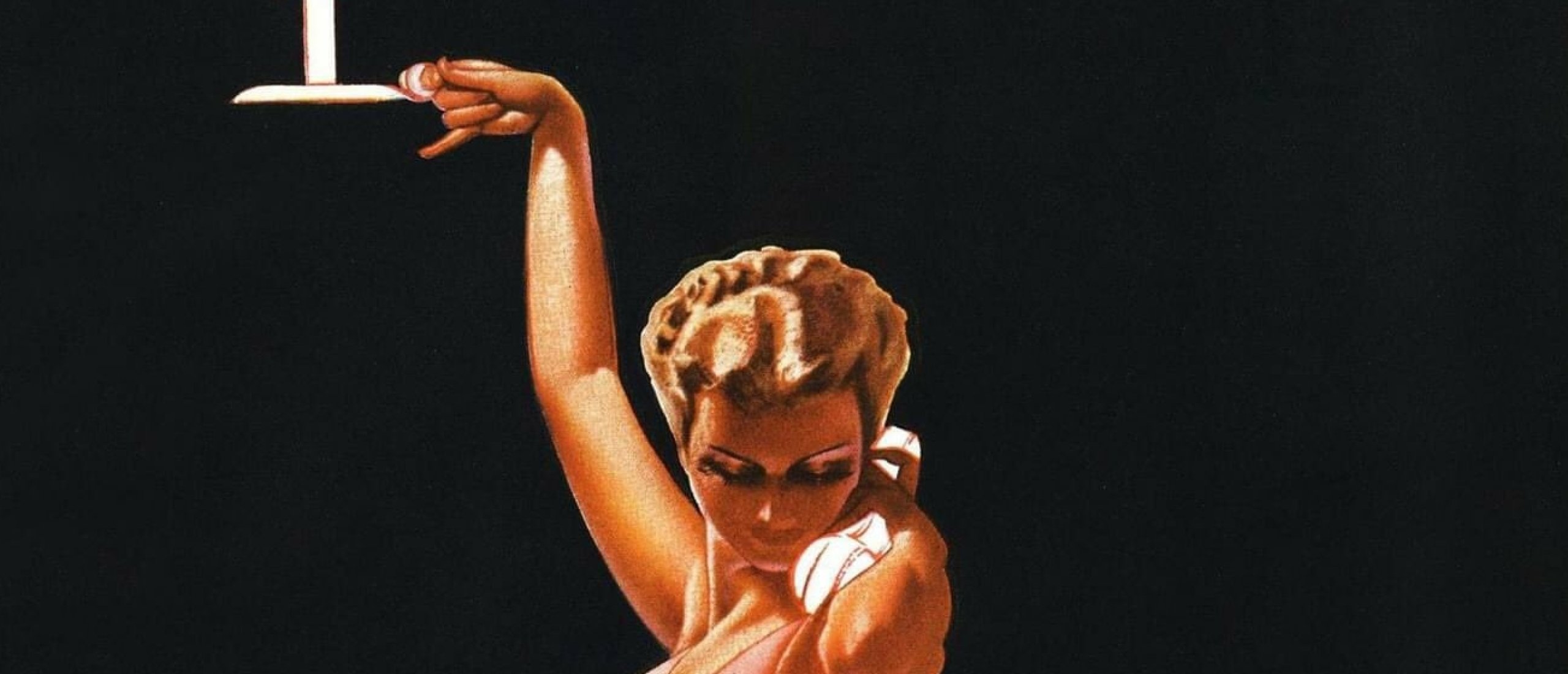
It's hard today to fathom just how famous George Petty once was. His Petty girl, born in the first issue of Esquire magazine, Fall 1933, was soon everywhere: modelling Bestform bras and girdles, fondling (but never smoking) Old Cold cigarettes, strutting Jantzen swimsuits, riding Ridgid Tools, adorning the nosecones of warplanes , traveling on TWA luggage tags and prancing across the silver screen in her own Hollywood movie.
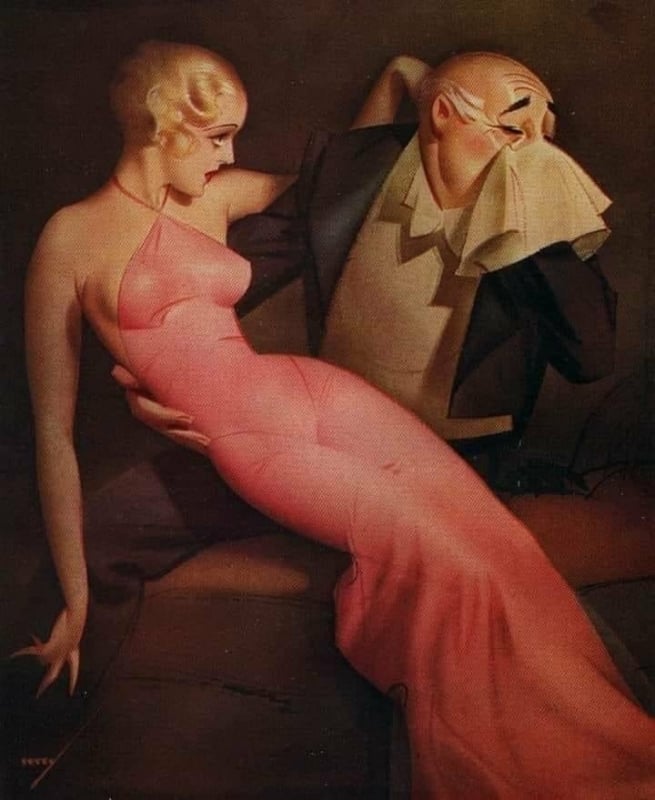
Fig.1. "Darling, what -- kachoo -- difference does age-- kachoo -- make anyway?", Esquire magazine (Autumn 1933)
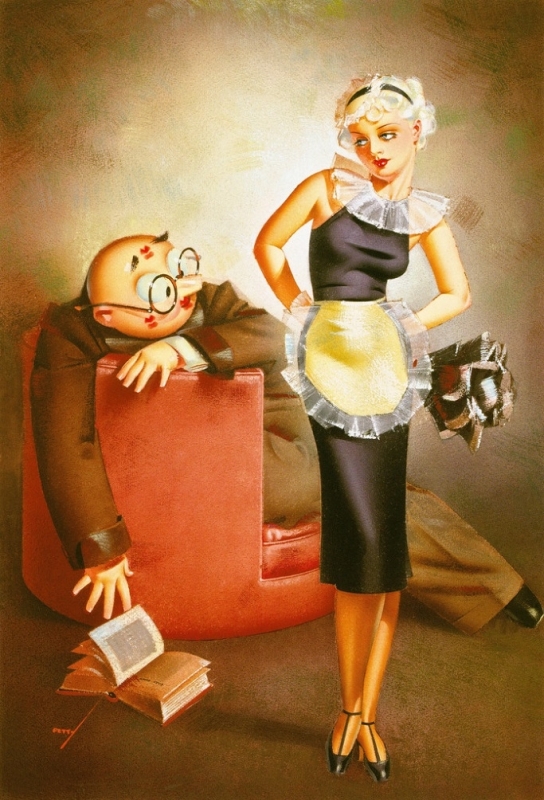
Fig.2. "Will That Be All Sir" - 1934 Esquire Magazine Illustration - Before the Petty Girls, Esky was the original character in the Petty illustrations for Esquire.
Modern Obscurity
How did this one man's work, out of so many pin-ups, come to represent our feminine ideal? And how did the man and the girl fall into such modern obscurity? True, Petty's paintings still sell in the $10,000 to $15,000 range, but this at a time when Varga's best top $100,000 and Elvgrens are edging up to $300,000.
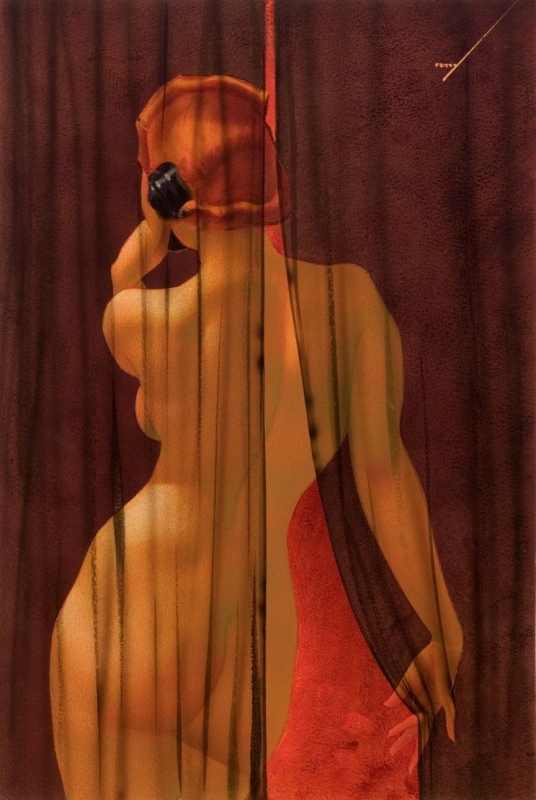
Fig.3. "A banker? Well, bring him up, I've always wanted a bank," watercolor on paper, circa 1934 of an early Esquire telephone girl. Golddigging girls talking on the phone would soon become Petty's pin-up signature.
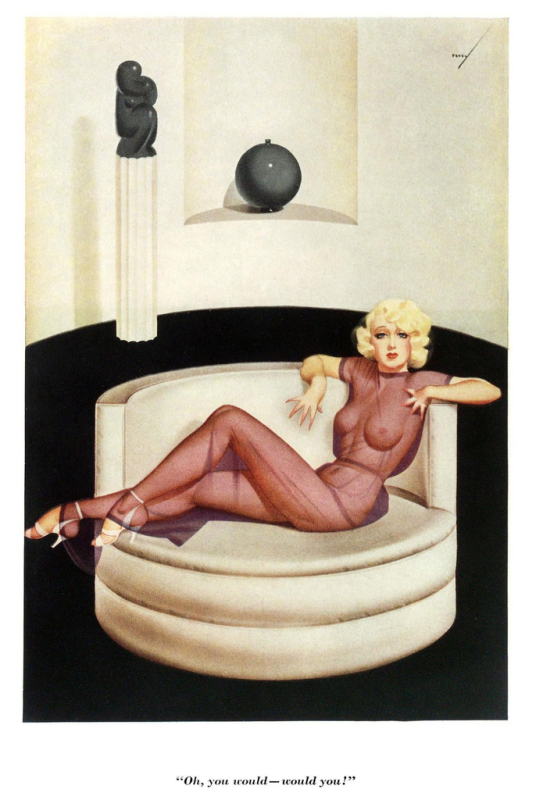
Fig.4. "Oh, you would - would you?", Esquire magazine, April 1935
Top of the World
Perhaps Petty has not proved timeless because his pin-ups were so of their time when created: those contrived '30s hairdos; thin, penciled brows; and even in an era when legs were big, gams that pushed the boundaries of length of length and girth. Ans what was the deal with those ballet shoes? Unlike the telephones, which were conceived to facilitate captions, Petty never explained. Why should he? He was on top of the world and wanted by all.
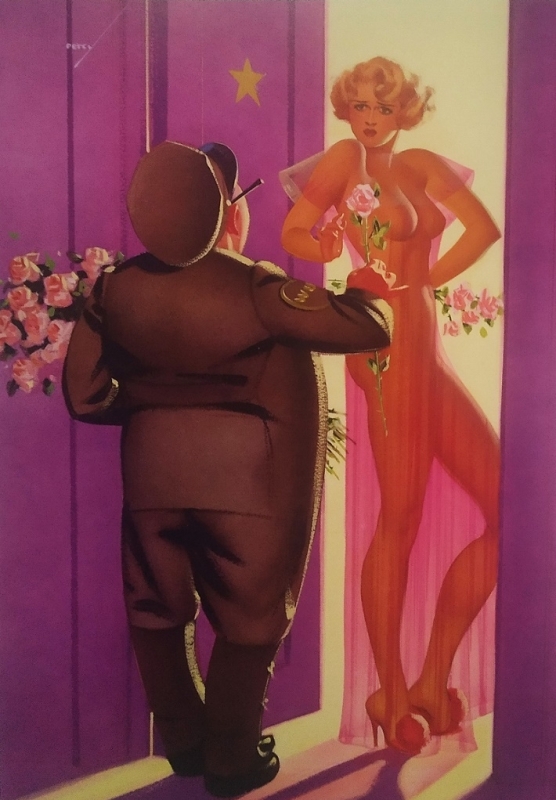
Fig.5. "What's the Idea of Handing Me Those Roses One at a Time?", watercolor on board, circa 1936, for Esquire magazine. Under the cap is the same old bald admirer.
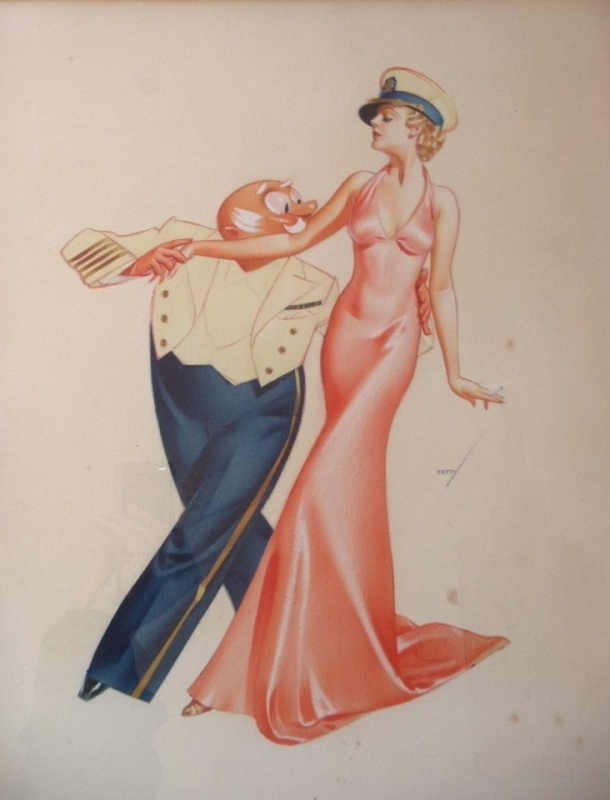
Fig.6. Watercolor illustration featuring the Esky (Esquire magazine mascot) Man and classy Petty Pinup, created for Old Gold Cigarettes. 1936, Old Gold Cigarette Pin-Up Ad
Indulgent Mother
George Brown Petty IV was a Southern boy, born in Abbeville, Louisiana.His father, George Petty III, had a successful photo career creating hand-tinted portraits and the occasional tasteful nude. His son joined him in the studio when the family moved to Chicago, becoming an expert with the airbrush, but young Petty was not interested in photography. Inspired by the illustrations of J.C. Leyendecker, he was determined from an early age to be an artist. In 1913, his indulgent mother took him to Paris to study at Leyendecker's alma mater, the prestigious Académie Julian.

Fig.7. "Shadows Before," Esquire (1936)

Fig.8. “He doesn’t smoke and he doesn’t drink – I don’t know what I’ll do to amuse him”. Illustration for Esquire magazine (1937)
The Lesser Slim Figure Bath
In 1916 mother and son returned to Chicago, where Petty married Julia "Jule" Donahue in 1918, joined the Ruthrauf & Ryan ad agency in 1919 and fathered two children by 1922. He struggled to establish himself in the '20s, doing catalog and magazine covers,and a lot photo retouching. His artistic breakthrough came in 1929, with a Deco-style ad for a weight-loss product called the The Lesser Slim Figure Bath. The nearly nude flapper in his painting was modeled after his 10-year old daughter Marjorie, starting a lifelong artist/model collaboration between father and daughter. The Lesser ad fixed Petty as a "girl" artist bringing enough work for him to leave the ad agency and, in 1933, step into the job that made him famous.
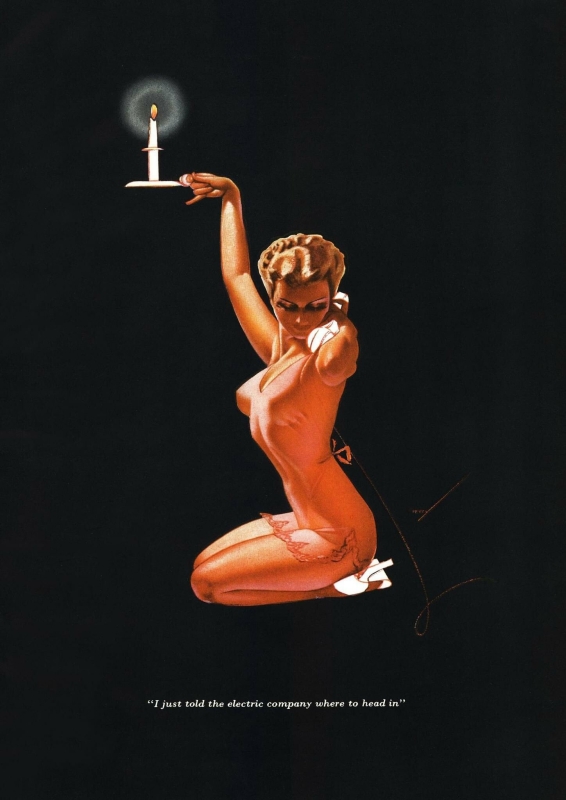
Fig.9. "I just told the electric company where to head in", October 1938 Esquire Magazine Illustration - Petty began working for Esquire in the mid-1930s.
$25,- a Painting
When David Smart and Arnold Gingrich were preparing to launch Esquire in the depth of the Depression they couldn't afford the high-priced "girl" artist they wanted. They hired Petty instead at $25,- a painting, and made him work from the other artist's concepts. These were the origins of the old man/ young girl digger cartoons Petty painted for his first two years at Esquire, which led to his first successful ad campaign, when Lorillard tobacco recycled the paintings into Old Cold cigarette ads. It was almost unknown for illustrators to hold the rights to their work at that time, but Petty insisted, and his popularity was so immediate Esquire didn't dare argue. Advertisers loved his smooth airbrush style, and soon Jantzen swimsuits, Bestform foundations, Vanette Hosiery, Atlantic Beer and Ale, Pontiac and the Miss America pageant joined Lorillard.
Become a Premium member now and check out the extended version of the article including twice as much information and more than three times as much images!
Click HERE for the defiant girls of the Father of American Pin-Up, Rolf Armstrong
Sources: The Art of Pin-Up by Dian Hanson, twitter.com,

